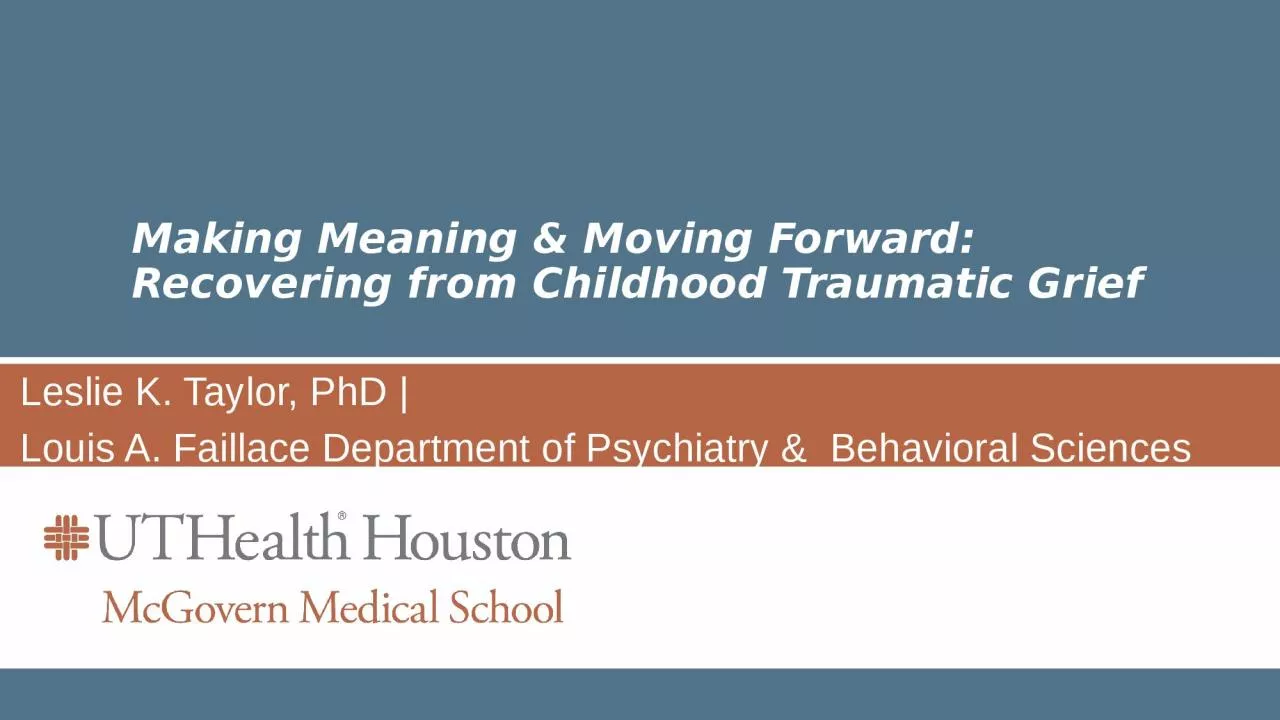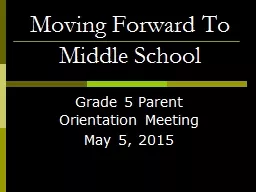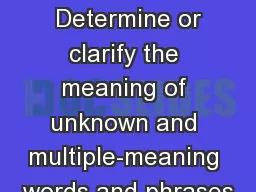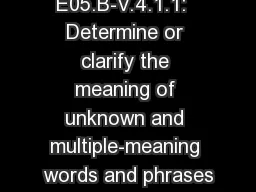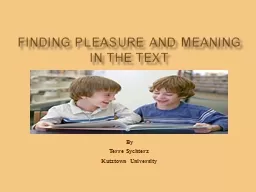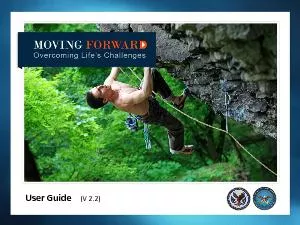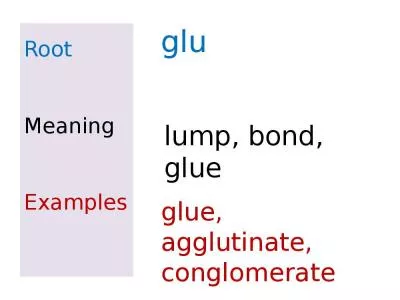PPT-Making Meaning & Moving Forward:
Author : jainy | Published Date : 2022-07-01
Recovering from Childhood Traumatic Grief Leslie K Taylor PhD Louis A Faillace Department of Psychiatry amp Behavioral Sciences Objectives To identify individual
Presentation Embed Code
Download Presentation
Download Presentation The PPT/PDF document "Making Meaning & Moving Forward:" is the property of its rightful owner. Permission is granted to download and print the materials on this website for personal, non-commercial use only, and to display it on your personal computer provided you do not modify the materials and that you retain all copyright notices contained in the materials. By downloading content from our website, you accept the terms of this agreement.
Making Meaning & Moving Forward:: Transcript
Download Rules Of Document
"Making Meaning & Moving Forward:"The content belongs to its owner. You may download and print it for personal use, without modification, and keep all copyright notices. By downloading, you agree to these terms.
Related Documents

